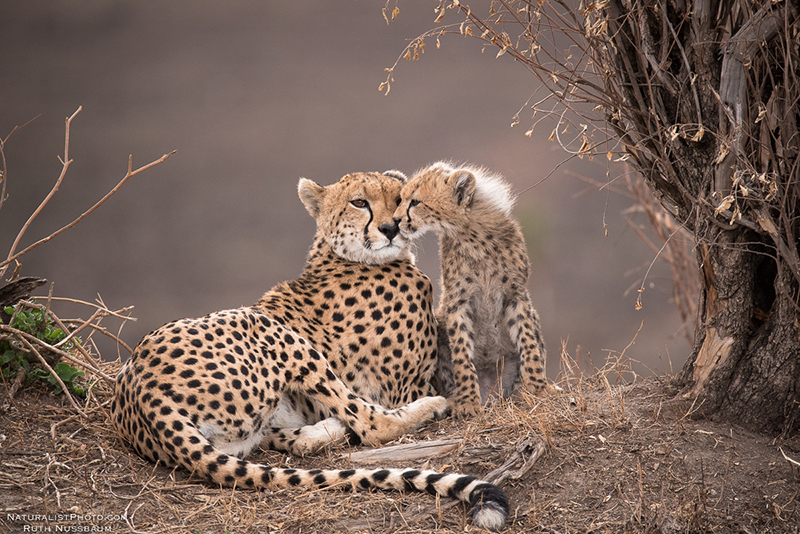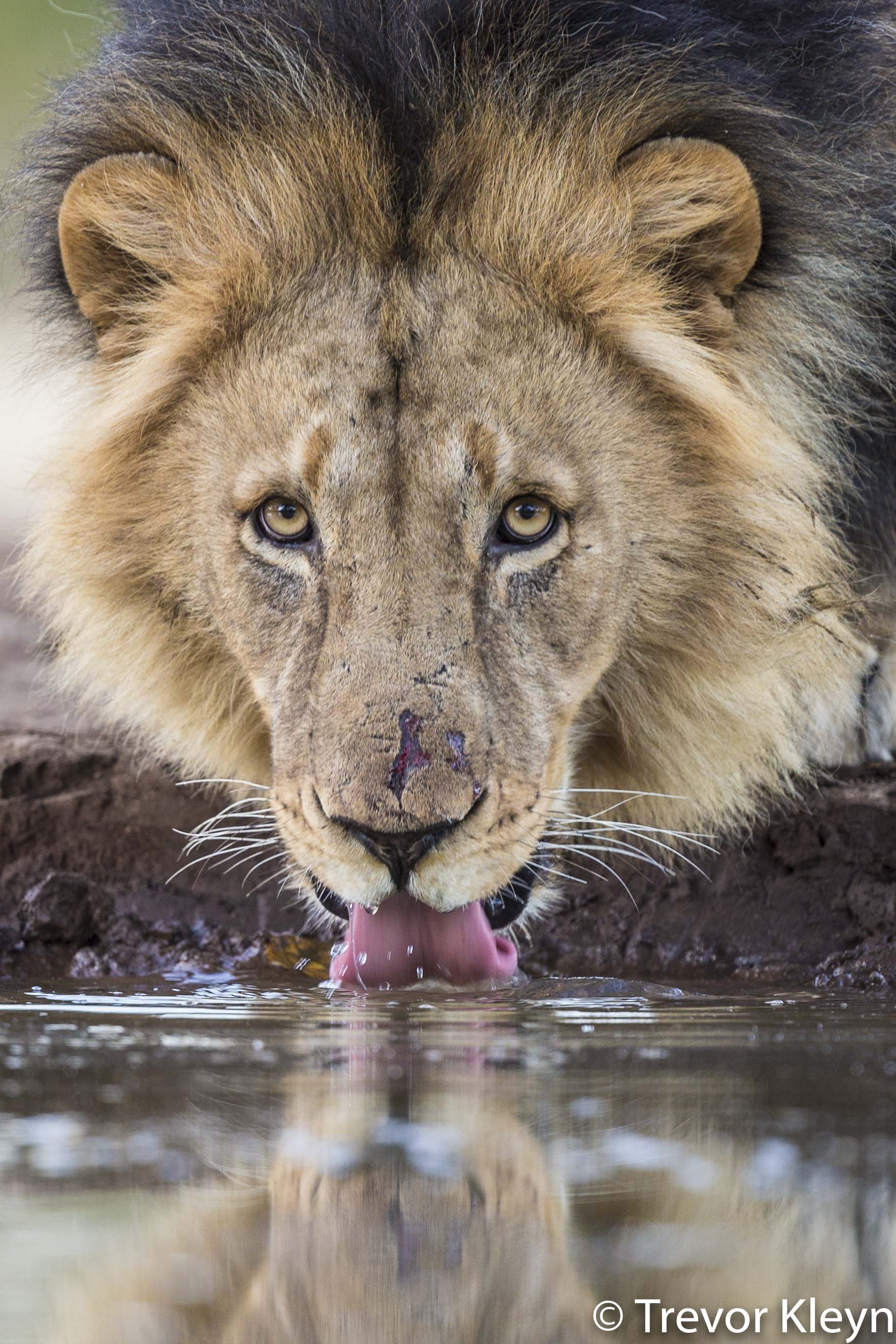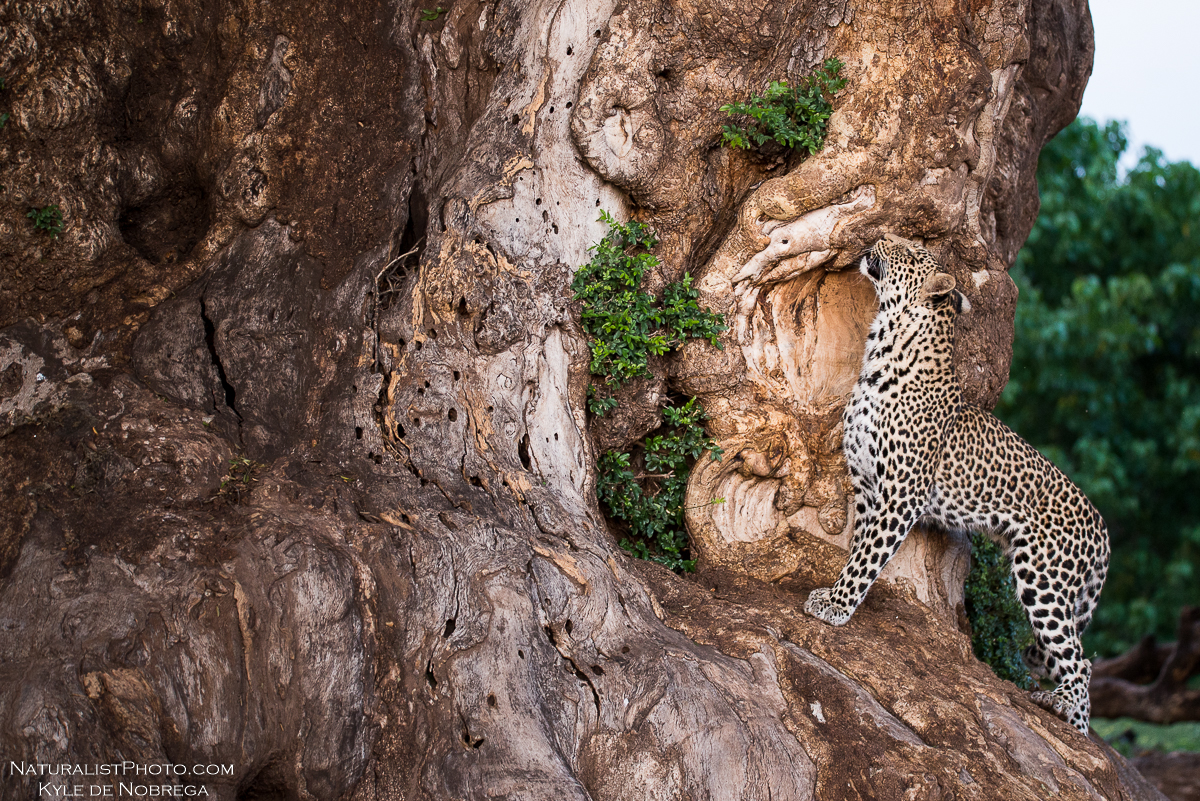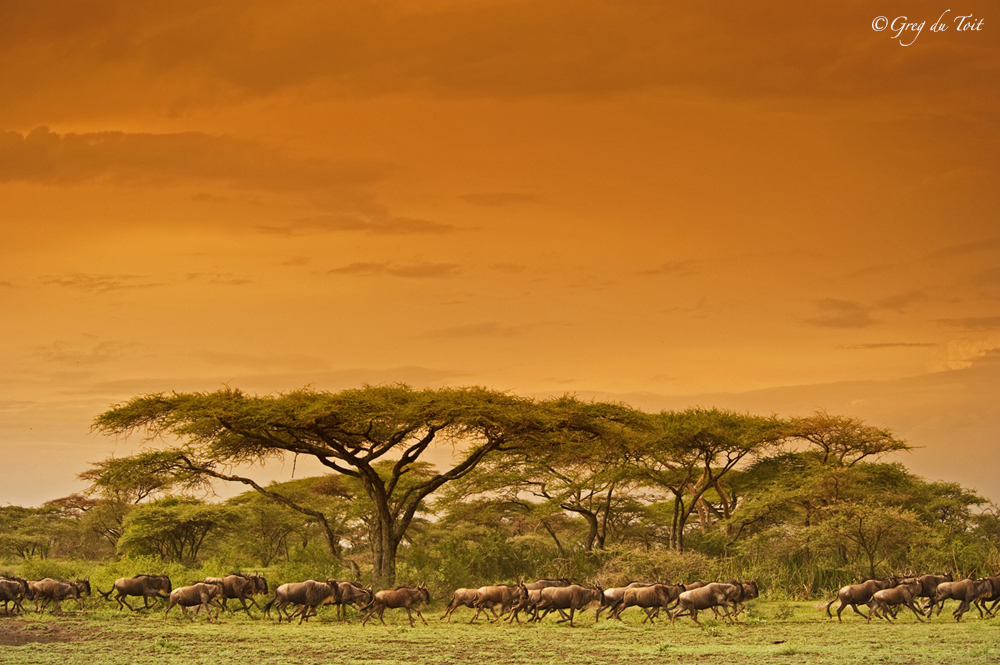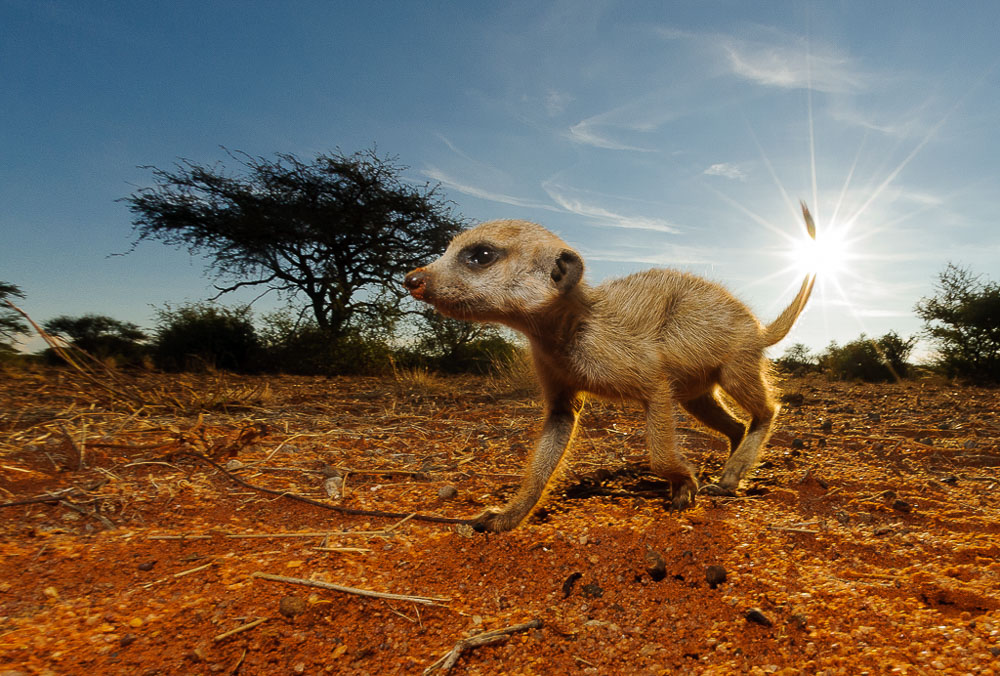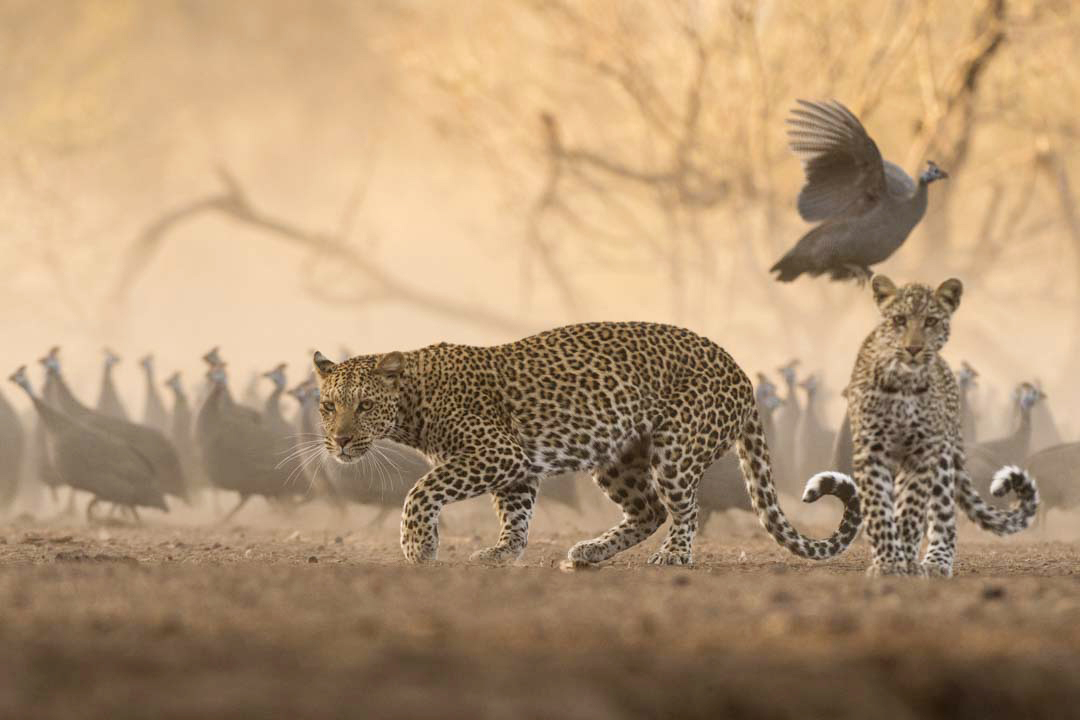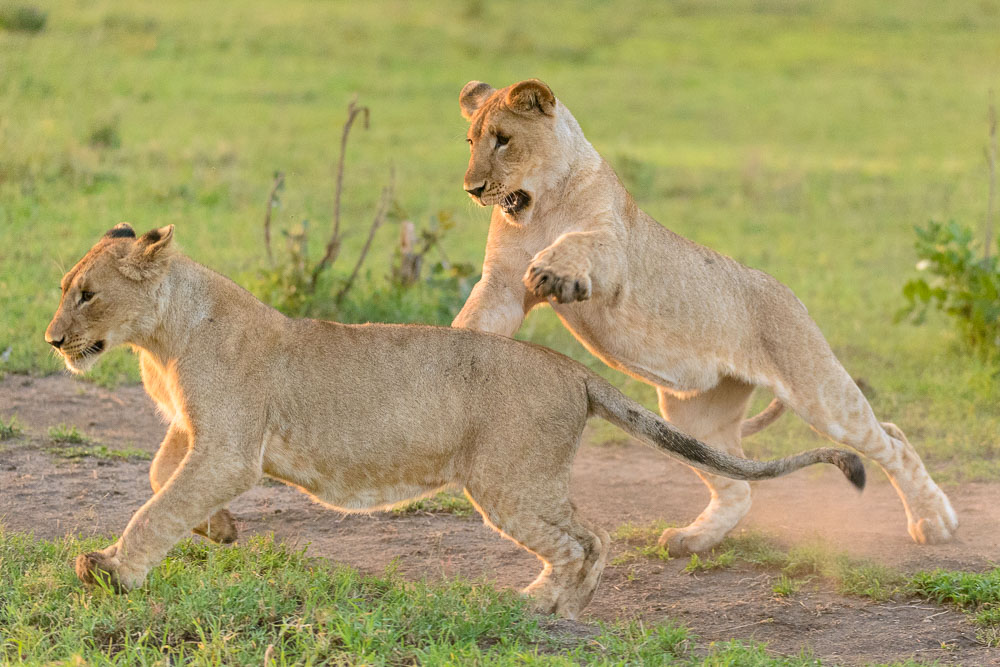A compilation of photography tips
Date 2017/09/27 07:48:40 by angelica
A few months back we posted a variety of great photography tips over multiple blog posts. Our guides shared the tricks of the trade, which they've learned over many years of photographing nature and wild animals. We then decided to put everything together for those of you who might have missed it.
Photographing Tips
- Always travel with a small empty beanbag, as you never know when it will come in handy.
- Less is more in terms of gear. For 90% of the shooting you will need one body and one lens so stress less and pack less. - Always have a wide-angle lens handy in the safari vehicle, as you never know when a wide-angle shot will present itself.
- Be patient. Wildlife has no schedule and you have no control. Most of your time will be spent waiting for that thrilling moment when the action happens. Eye contact adds impact to an image and engages the person viewing the photo, particularly when doing animal portraits. Have patience and wait for the right moment.
- Know your camera. There are times you will want to change settings rapidly and you should be able to do this without taking your eye off the viewfinder. A minute looking for buttons and dials can cost you the shot of a lifetime. - Work on perfecting technique rather than perfecting the equipment you have. Technique will take you much further than the latest lens or camera.
- To capture action you will want as fast a shutter speed as possible while being conscience of the depth of field you wish to achieve. Don’t be afraid to up the ISO, find out what the highest acceptable ISO is for your body without losing too much quality and use it when necessary.
- “OBSERVE MORE, SHOOT LESS”, from a naturalist point of view, make sure you know why we all started wildlife photography, it was because of the wildlife and photography came later. BUT... it applies tenfold to photography, the more you OBSERVE, understanding when and what to shoot, will help you create better wildlife images. Err away from the ‘spray and pray’ technique. - For the most interesting shots, take the time to observe your subject and its movements, anticipate its nest move, and plan towards capturing the best shot! Evaluate your scene and decide what it is you’d like to portray before getting carried away with shooting. Often a wider angle will portray more of a story whereas a longer lens can be used effectively to portray character and intimacy.
- Never get too disappointed, the more you immerse yourself within your natural environment, the more you will allow yourself to open up to any opportunity that presents itself. - Enjoy the craft as much as the environment. If it were not for the environment, you would not be able to photograph, so enjoy it and appreciate it. That pleasure is as much as taking a great photograph.
- Try your best to capture the best image possible in camera, to do this, always check your camera setting when entering a new sighting, compose and shoot!
- Don’t be afraid to break the ‘rules’, very often the unplanned shots end up being the most interesting
- Become a naturalist and love light. Listen to guides; learn from books because this will help you gain anticipatory behaviour. Coupled with an appreciation for working with great light, you will make magical images. Develop the skill to be flexible and use whatever lighting is available on the day. If the sun is behind the subject try rim lighting, if the sun has started setting and light has faded it’s a great time for silhouettes, cloudy days can provide a great filter. Nature provides the lighting and you need to work with it.
